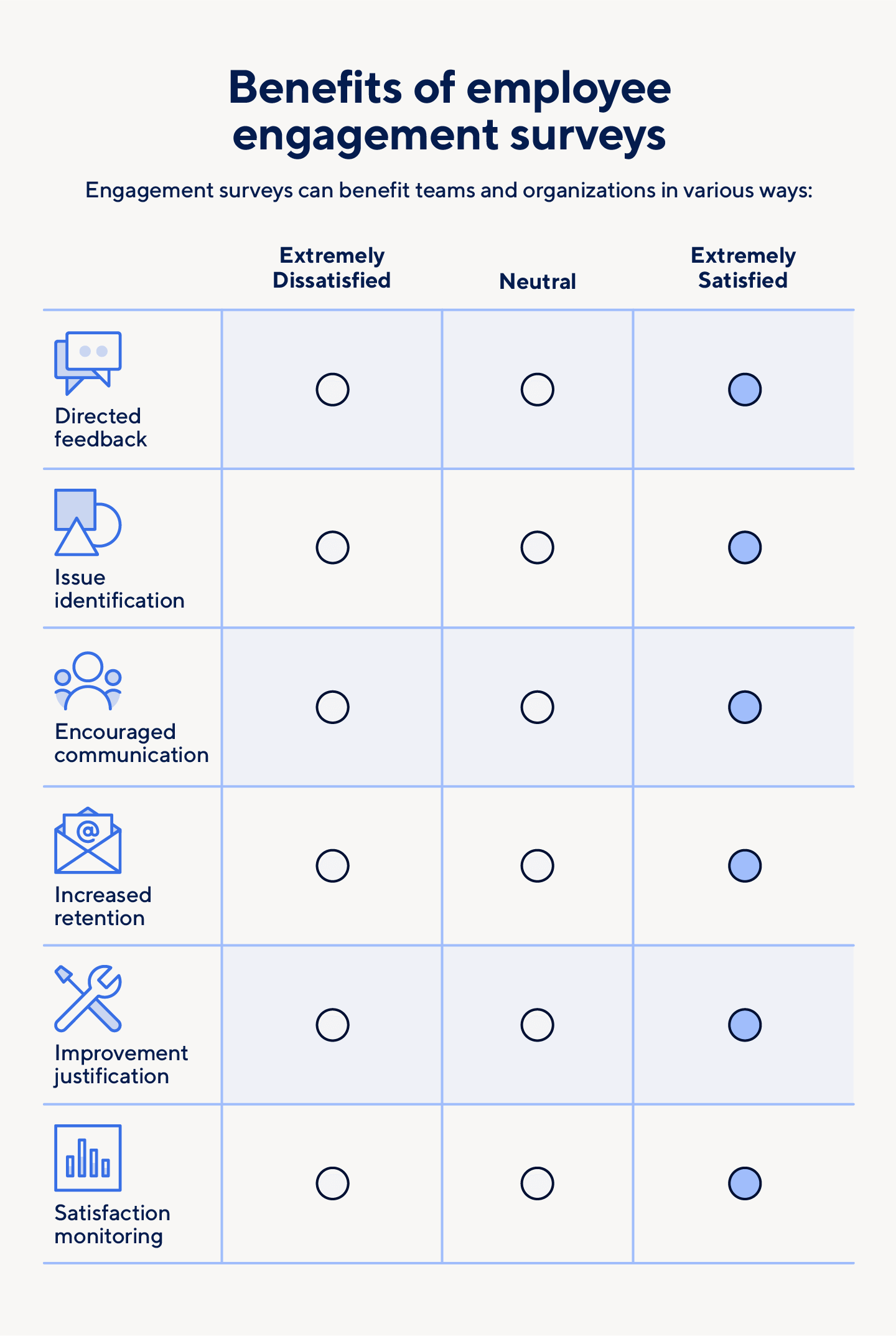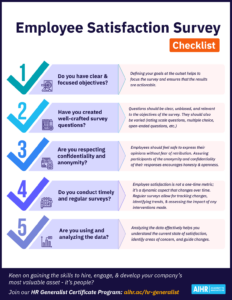Manager surveys for employees offer several key benefits:

- Improved communication: Surveys provide a structured platform for employees to share their thoughts and opinions, fostering open communication between managers and their teams.
- Enhanced performance: By identifying areas where managers can improve, organizations can take steps to enhance their leadership skills, leading to better team performance and productivity.
- Increased employee engagement: When employees feel their feedback is valued, they are more likely to be engaged and motivated in their work.
To create an effective manager survey for employees, consider the following tips:
- Define clear objectives: Determine the specific areas you want to assess, such as communication skills, leadership style, or decision-making abilities.
- Use a mix of question types: Include both closed-ended questions (with predefined answer choices) and open-ended questions (allowing for written responses) to gather both quantitative and qualitative data.
- Ensure anonymity: Employees are more likely to provide honest feedback if they know their responses will remain confidential.
- Analyze the results carefully: Once you have collected the survey responses, analyze the data to identify patterns, trends, and areas for improvement.
- Take action: Based on the survey findings, develop and implement plans to address the identified areas for improvement.
By following these guidelines, organizations can create and utilize manager surveys for employees to gain valuable insights, improve managerial performance, and enhance the overall workplace culture.
Key Components of Manager Survey for Employees Template
Manager surveys for employees are comprehensive tools used to gather feedback on managerial performance and identify areas for improvement. These surveys typically include several key components:
1: Demographic Information
This section collects basic information about the employee, such as their department, job title, and years of experience. This information helps to contextualize the feedback and identify any patterns or trends based on employee demographics.
2: Manager Assessment Questions
These questions directly assess the manager’s performance in various areas, such as communication skills, leadership abilities, and decision-making. Employees are typically asked to rate their manager on a scale or provide written feedback.
3: Open-Ended Feedback
In addition to structured questions, surveys often include open-ended questions that allow employees to provide detailed feedback on their manager’s strengths, weaknesses, and suggestions for improvement.
4: Employee Engagement Indicators
Some surveys include questions that measure employee engagement levels, such as job satisfaction, motivation, and commitment to the organization. This information helps to assess the impact of managerial performance on employee morale and productivity.
5: Action Planning
The final component of a manager survey for employees may include a section for action planning. This section allows managers to reflect on the feedback they have received and develop a plan to address any areas for improvement.
By including these key components, organizations can create effective manager surveys that gather valuable insights into managerial performance and support continuous improvement efforts.
How to Create a Manager Survey for Employees Template
Creating a comprehensive and effective manager survey for employees template is crucial for gathering valuable feedback and driving performance improvement. Follow these steps to develop a robust survey:
1: Define Survey Objectives
Clearly define the purpose of the survey and the specific areas of managerial performance you aim to assess. This will guide the development of relevant questions and ensure the survey aligns with organizational goals.
2: Gather Existing Feedback
Review any existing feedback mechanisms, such as performance reviews or employee engagement surveys, to identify areas where managers may need improvement. This will help you refine the survey questions and avoid duplication.
3: Use a Mix of Question Types
Incorporate a combination of closed-ended questions (e.g., rating scales) and open-ended questions (e.g., free-form responses) to gather both quantitative and qualitative data. This provides a comprehensive understanding of employee perceptions.
4: Ensure Anonymity and Confidentiality
Guarantee the anonymity and confidentiality of employee responses to encourage honest and unbiased feedback. Consider using third-party survey platforms or implementing measures to protect employee identities.
5: Pilot Test the Survey
Conduct a pilot test with a small group of employees to evaluate the clarity, relevance, and length of the survey. This feedback will help you refine the survey before widespread distribution.
6: Distribute the Survey
Choose an appropriate distribution method, such as online surveys or paper-based questionnaires. Communicate the purpose and importance of the survey to employees to encourage participation.
7: Analyze and Interpret Results
Carefully analyze the survey results to identify patterns, trends, and areas for improvement. Use statistical techniques and qualitative analysis to extract meaningful insights.
8: Develop Action Plans
Based on the survey findings, develop and implement action plans to address identified areas for improvement. This may involve providing training, coaching, or making changes to management practices.
By following these steps, you can create a robust and effective manager survey for employees template that drives performance improvement and enhances the workplace culture.
Manager surveys for employees are a valuable tool for organizations to assess managerial performance, identify areas for improvement, and enhance the overall work environment. By implementing a well-designed manager survey template, organizations can gather meaningful feedback from employees, measure managerial effectiveness, and drive continuous improvement efforts.
The use of manager surveys for employees is becoming increasingly prevalent as organizations recognize the importance of effective leadership in fostering employee engagement, productivity, and organizational success. By embracing a culture of feedback and continuous improvement, organizations can create a positive and supportive work environment where managers and employees thrive.

